#Psittaculidae
Text

Australian King Parrot (Alisterus scapularis), family Psittaculidae, order Psittaciformes, Macquarie Pass National Park, New South Wales, Australia
photograph by Jono Dashper (@jonodashperwildlife)
199 notes
·
View notes
Text

[2792/11080] Crimson rosella - Platycercus elegans
Order: Psittaciformes (parrots)
Superfamily: Psittacoidea (true parrots)
Family: Psittaculidae
Subfamily: Platycercinae
Photo credit: Julie Clark via Macaulay Library
#birds#Crimson rosella#Psittaciformes#Psittacoidea#Psittaculidae#Platycercinae#Platycercus#birds a to z#undescribed#25% - 50%
1K notes
·
View notes
Text
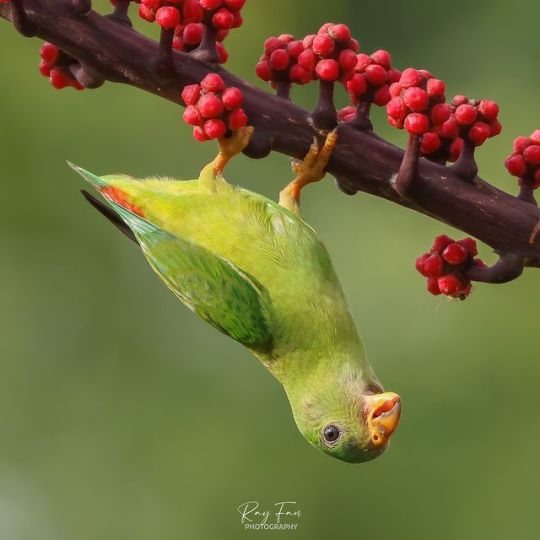
Blue-crowned Hanging Parrot
#blue crowned hanging parrot#hanging parrot#parrot#Loriculus galgulus#Psittaciformes#Psittaculidae#Loriculus#bird#upl
180 notes
·
View notes
Text
Bird anatomy is stupid and I don't mean in the literal sense I mean that they change so much by just stretching or scrunching a little or changing angles. They're like cats, it's horrifying.
Look at this budgie. Normal bird right? Not decieving you at all. Perfectly normal shaped bird.

WRONG. Just a second later -
NECK
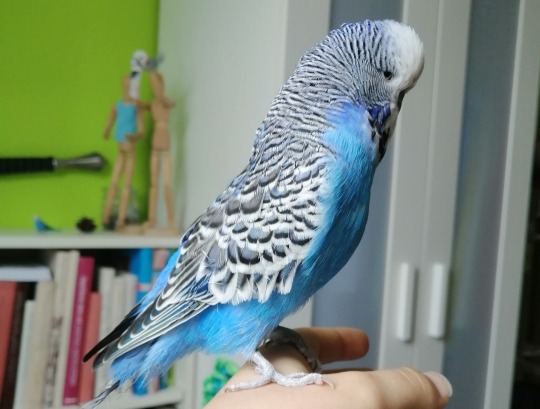
PANCAKE

A HEAD WITH LEGS??

CIRCLE

MUSHROOM??
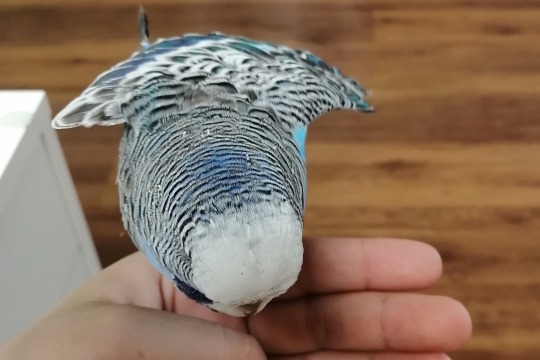
FLOOF
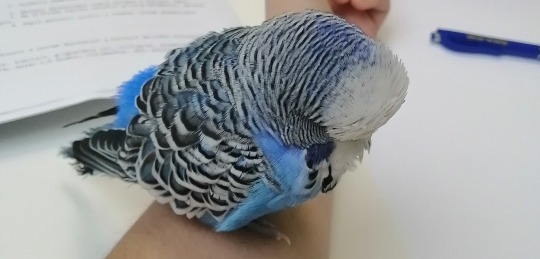
ALIEN SIGHTING
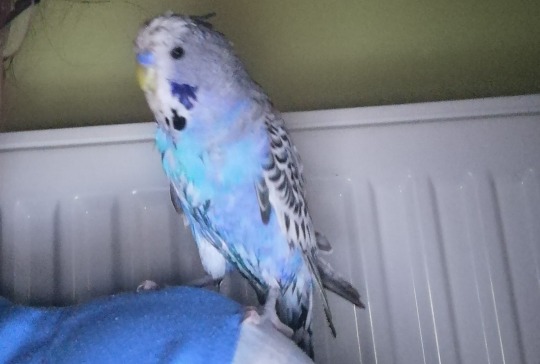
ELVIS PRESLEY??
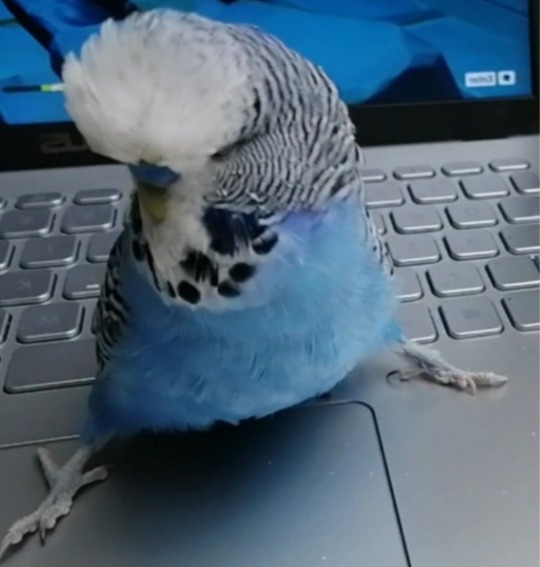
Don't let them fool you!
402 notes
·
View notes
Text
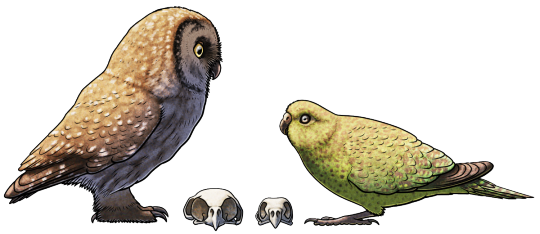
Strange Symmetries #23: Convergent Earvolution
Although it's not visible externally, owls have one of the most striking modern examples of asymmetry. The ears of many species are uneven, with the right ear opening positioned higher up than the left, giving them the ability to pinpoint the sounds of their prey much more accurately.
But surprisingly this isn't a unique anatomical trait that only ever evolved once in their common ancestor.
Instead, multiple different lineages of owls have actually convergently evolved wonky ears somewhere between four and seven separate times.
The boreal owl (Aegolius funereus), also known as Tengmalm's owl, is a small 25cm long (~10") true owl found across much of the northern parts of both Eurasia and North America. While most other owls' asymmetrical ear openings are formed just by soft tissue, the boreal owl's lopsided ears are actually visible in the bones of its skull.
But despite how many times owls have convergently evolved asymmetrical ears, and how successful this adaptation has been for them, for a long time it seemed to be something that no other animals have ever mimicked.
In the early 2000s asymmetric ears were reported in the skulls of some troodontid dinosaurs, which seem to have been nocturnal hearing-based hunters similar to owls, but proper details on this feature still haven't been formally published.
Then, just a couple of weeks ago, another example was finally announced.
The night parrot (Pezoporus occidentalis) is a small ground-dwelling parrot found in Australia, close to the same size as the boreal owl at around 22cm long (~9"). Critically endangered and very elusive, it's rarely seen and little is known about it – and it was presumed extinct for much of the 20th century, until more recent sightings of living individuals confirmed that the species is still hanging on.
Recent studies of preserved museum specimens have revealed that it seems to have poor night vision but excellent hearing, and that its right ear opening is noticeably asymmetrical, bulging out sideways from its skull. Much like owls the night parrot relies on acute directional hearing to navigate in darkness, but since its diet consists mainly of seeds it's probably not using this ability to locate food sources. Instead it may be listening out to keep track of the precise locations of other parrots, and for the approach of predators – so its sharp sense of hearing may be the reason this unique bird has so far just barely managed to survive the presence of invasive cats and foxes.
———
NixIllustration.com | Tumblr | Twitter | Patreon
#science illustration#not paleoart#boreal owl#tengmalm's owl#aegolius funereus#strigidae#strigiformes#owl#night parrot#pezoporus occidentalis#psittaculidae#psittaciformes#parrot#dinosaur#bird#modern dinosaurs#art#a superb owl#endangered species#convergent evolution#still seems to be an adaptation unique to birds and stem-birds tho
1K notes
·
View notes
Text

A pair of rose-ringed parakeets (Psittacula krameri) in Pench National Park, India
by Russell Scott
#rose ringed parakeet#ring necked parakeet#parrots#birds#psittacula krameri#psittacula#psittaculidae#psittaciformes#aves#chordata#wildlife: india#wildlife: asia
85 notes
·
View notes
Text

Le Lori écaillé. Pl. 51. | Histoire naturelle des perroquets t.1 | Biodiversity Heritage Library | rawpixel
#françois levaillant#jacques barraband#eos squamata#lori écaillé#violet necked lory#psittaculidae#ornithology#parrot#parrot art#animals in art#bird art
147 notes
·
View notes
Photo
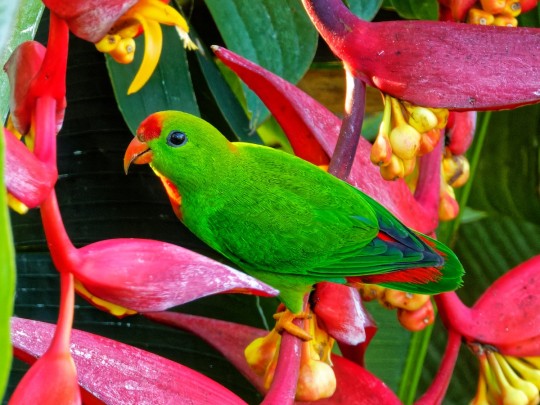
Philippine Hanging Parrot (Loriculus philippensis)
© Ravi Iyengar
183 notes
·
View notes
Photo

Black-winged Lovebird (Agapornis taranta)
© Kevin Boulton
187 notes
·
View notes
Text

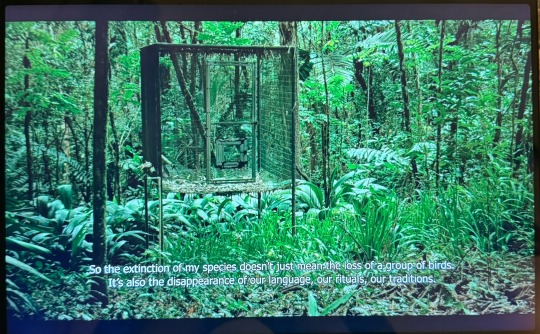

birds that make me feel emotional lately
10 notes
·
View notes
Text
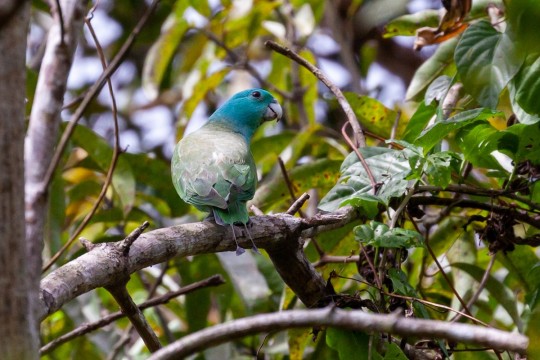
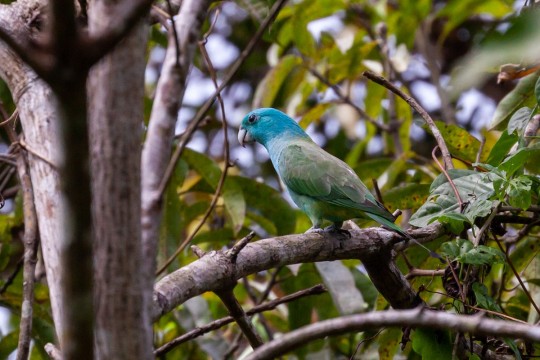
Blue-headed Raquet-tail (Brad Argue - first; second)
36 notes
·
View notes
Note
Just wanted to say that your blog has brought me a ton of joy!
About a decade ago, I got to do an internship with the National Audubon Society near Constitution Marsh Sanctuary (in New York, right across from West Point), and seeing all of the bird pictures you post brings me back to that magical time. Thank you for sharing your passion with the world!!
Your'e welcome, and thank you as well.
Here's a favorite bird of mine for you...

Plum-headed Parakeet (Psittacula cyanocephala), male, family Psittaculidae, order Psittaciformes, Maharashtra, India
photograph by Dwipendra Chakraborty
288 notes
·
View notes
Text
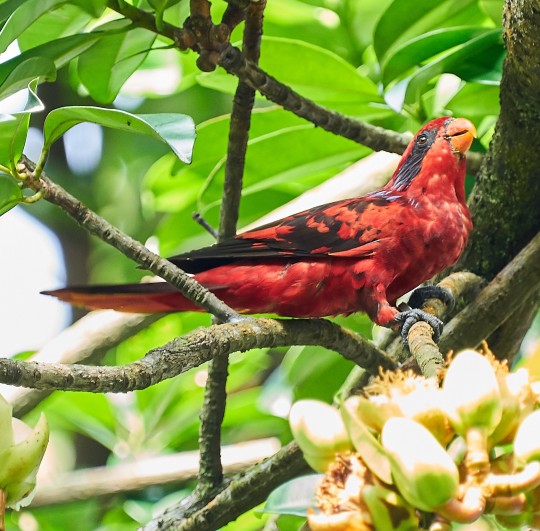
[1500/10977] Blue-streaked Lory - Eos reticulata
Order: Psittaciformes (parrots)
Superfamily: Psittacoidea (true parrots)
Family: Psittaculidae (Asian and Australasian parrots)
Subfamily: Loriinae
Photo credit: Steven Cheong via Macaulay Library
#birds#Blue-streaked Lory#Psittaciformes#Psittacoidea#Psittaculidae#Loriinae#Eos#birds a to z#undescribed
1K notes
·
View notes
Text

Double-eyed Fig Parrot
146 notes
·
View notes
Text
My favourite thing about young birds is how they sleep splooted on their stomach. 100/10
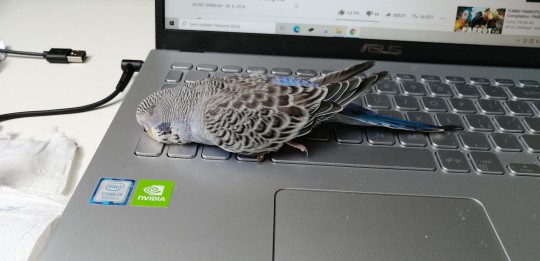

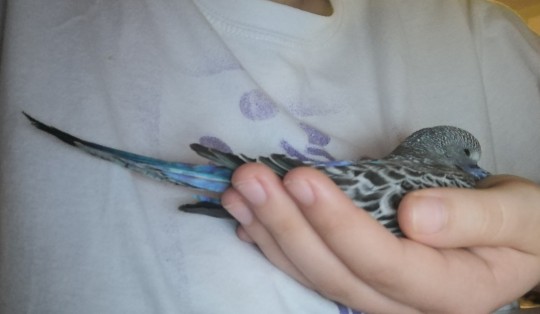
74 notes
·
View notes
Photo
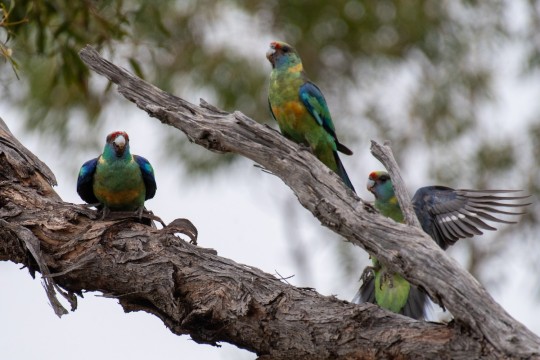
Australian Ringneck (Barnardius zonarius)
© Derek Henderson
99 notes
·
View notes